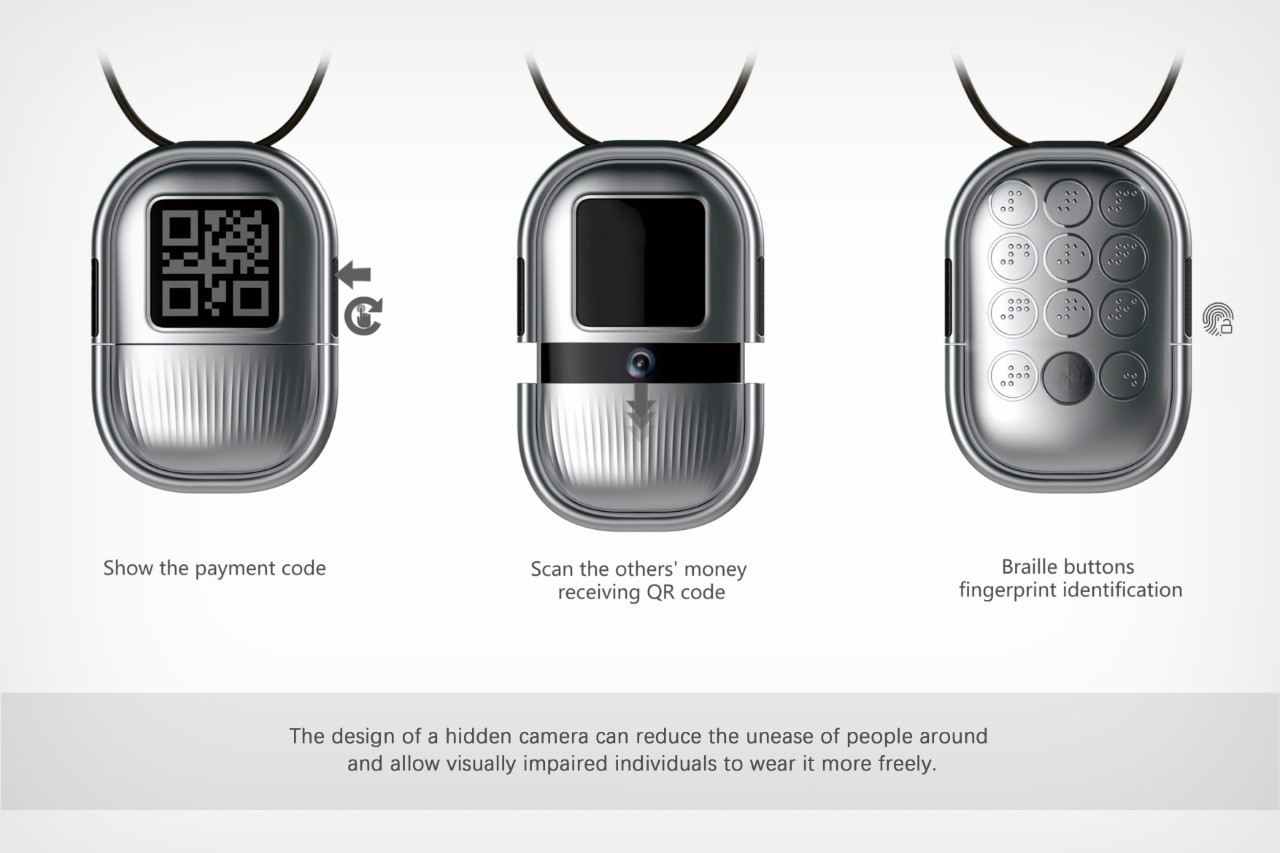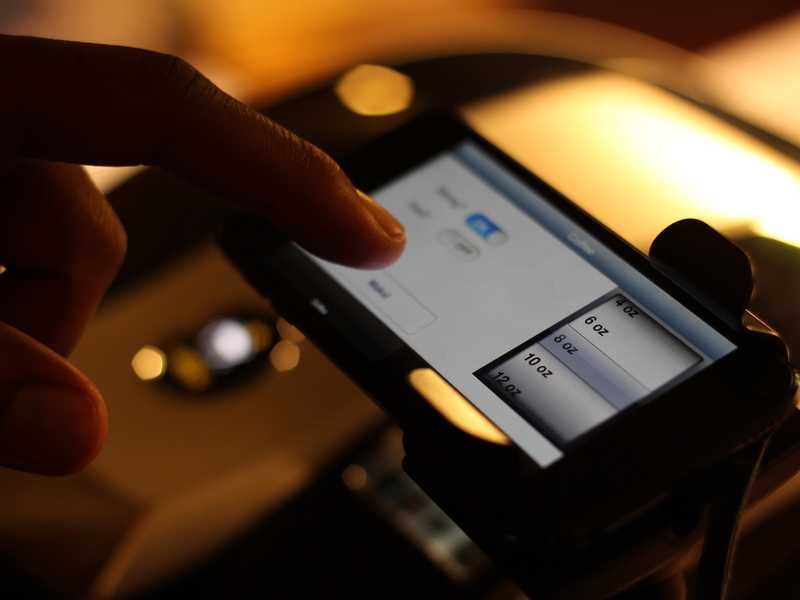AI-Powered Visual Aids: Redefining Support for the Blind
AI-Powered Visual Aids: Redefining Support for the Blind
Blog Article
Discover Ingenious Tools Designed for the Aesthetically Impaired
The growth of innovative devices for the aesthetically impaired stands for a substantial improvement in ease of access and freedom. Technologies such as clever glasses with AI capabilities and mobile applications created to offer auditory summaries are reshaping day-to-day experiences for customers.
Smart Glasses for Navigation

Smart glasses made for navigation are reinventing the means aesthetically impaired people interact with their environment. These sophisticated gadgets use a mix of electronic camera modern technology, man-made intelligence, and acoustic feedback to offer real-time details regarding environments. By utilizing obstacle detection systems, smart glasses can notify individuals to potential hazards, enabling much safer mobility in both strange and acquainted setups.
The combination of GPS technology better boosts navigation capabilities, allowing users to receive acoustic directions as they move. This hands-free approach not just cultivates self-reliance however also empowers visually damaged individuals to browse city landscapes with increased confidence. Furthermore, many wise glasses are outfitted with functions that recognize sites and street signs, providing contextual information that boosts the customer experience.
Furthermore, the growth of these tools is continually advancing, with firms working to boost the precision of item acknowledgment and increase the range of navigational functions. As clever glasses come to be much more budget-friendly and available, they hold the potential to considerably transform day-to-day life for aesthetically impaired users. Inevitably, these ingenious devices represent a vital action toward inclusivity, offering improved wheelchair and a better feeling of autonomy for individuals browsing the world around them.

Mobile Apps for Daily Living
Exactly how can mobile applications boost the everyday lives of aesthetically impaired people? Mobile applications are transforming the method aesthetically impaired users navigate their atmospheres, take care of everyday tasks, and access info. These applications give necessary assistance via different performances, cultivating freedom and enhancing top quality of life.
Several ingenious mobile applications are made specifically for daily living. Applications like Be My Eyes attach aesthetically damaged users with sighted volunteers via video clip phone calls, enabling them to receive real-time support with jobs such as reading labels or browsing strange areas. Seeing AI, established by Microsoft, utilizes artificial knowledge to describe surroundings, read text, and determine items, effectively changing a mobile phone into an effective device for daily aid.
In addition, navigation apps customized for the visually damaged, such as Aira and BlindSquare, provide audio-based instructions and ecological information, allowing users to traverse their environments securely and with confidence. Beyond navigation and instant assistance, mobile apps likewise support organization and task monitoring, with features that assist individuals set tips, produce order of business, and track visits. In recap, mobile applications act as important sources, encouraging visually impaired people to lead even more independent and fulfilling lives.
Wearable Technologies for Help
Empowerment via technology is progressively evident in the world of wearable tools made to assist aesthetically impaired people. These innovative tools integrate seamlessly into life, enhancing navigation and giving necessary responses to individuals. For example, smart glasses furnished with cams can identify faces and read message out loud, enabling customers to connect even more with confidence in social and professional settings.
Another significant innovation is the use of haptic responses systems in wearable gadgets. These systems utilize resonances or various other tactile signals to share information concerning the user's environment, such as barriers or changes in surface, enhancing flexibility and safety and security. Wearable technologies likewise consist of wristbands that attach to smartphones, notifying individuals to notices with refined vibrations, therefore article source enhancing connection without dependence on aesthetic hints.
As these innovations continue to develop, they are not just enhancing independence for aesthetically damaged people yet also promoting a greater sense of inclusion in society. By bridging the void in between obstacles dealt with in everyday living and the possibility for freedom, wearable technologies function as essential tools in the pursuit for equal rights you can try this out and empowerment for those with aesthetic problems.
Sound Description Devices
Audio summary tools play a crucial role in improving availability for visually damaged people, giving them with the capacity to involve with visual media. Voice-activated assistive devices. These devices offer narrated summaries of crucial visual elements in movies, television programs, and live efficiencies, ensuring that customers can totally understand the context and emotions communicated through visuals
Sound description can be integrated right into different systems, including streaming solutions, cinema testings, and live cinema. Numerous popular streaming services currently consist of audio description as an availability feature, enabling visitors to select it quickly. Along with mainstream media, specialized applications also exist, supplying audio summaries for art exhibitions, museums, and other social occasions.
The efficiency of audio description rests on the ability of the narrators, who need to share visual details succinctly without interfering with the original audio. Innovations in this field are additionally leading the way for more individualized experiences, where customers can adjust the degree of detail and pacing according to their preferences.
Braille Innovations and Instruments
Braille devices and technologies have significantly changed the means aesthetically impaired individuals engage with message and information. Modern improvements have actually resulted in the growth of flexible tools that improve literacy and freedom among individuals. Significantly, Braille show technologies have developed, permitting dynamic reading experiences. These gadgets transform electronic message into Braille, making it possible for users to access a substantial selection of information on tablet computers, computers, and smartphones.
Additionally, mobile Braille notetakers combine traditional Braille input with contemporary performances, helping with note-taking, organizing, and record editing and enhancing on the go. Smart glasses for the visually impaired. These small gadgets usually feature text-to-speech capabilities, linking the space in between Braille and auditory info
In enhancement, innovative Braille printers have actually emerged, allowing customers to produce my review here Braille tags, records, and academic products successfully. This ease of access promotes higher involvement in expert and instructional atmospheres, ultimately promoting inclusivity.
In addition, research right into smart Braille innovations continues to broaden. Gadgets that incorporate expert system are being discovered to supply real-time navigation aid and contextual details, boosting the user experience in varied setups. In general, these developments show a commitment to equipping visually damaged people via technology, guaranteeing they can quickly accessibility and engage with the globe around them.

Conclusion
The advancement of cutting-edge tools for the aesthetically impaired significantly boosts self-reliance and lifestyle. Smart glasses, mobile applications, wearable technologies, audio description tools, and Braille innovations collectively empower people by providing essential navigating assistance, ecological understanding, and improved reading experiences. These technologies not just foster greater addition but additionally advertise autonomy in daily tasks, ultimately adding to a more equitable and accessible culture for visually impaired people. Proceeded growth in this area holds promise for additional enhancements.
As smart glasses end up being more easily accessible and economical, they hold the potential to dramatically change day-to-day life for visually impaired users. Mobile applications are reinventing the means visually impaired users navigate their environments, take care of everyday jobs, and access information. Apps like Be My Eyes connect visually impaired users with sighted volunteers by means of video phone calls, permitting them to get real-time support with jobs such as checking out labels or browsing strange rooms.Furthermore, navigating applications customized for the visually impaired, such as Aira and BlindSquare, use audio-based instructions and ecological information, allowing individuals to traverse their surroundings securely and confidently.The improvement of cutting-edge tools for the aesthetically damaged considerably enhances independence and quality of life.
Report this page